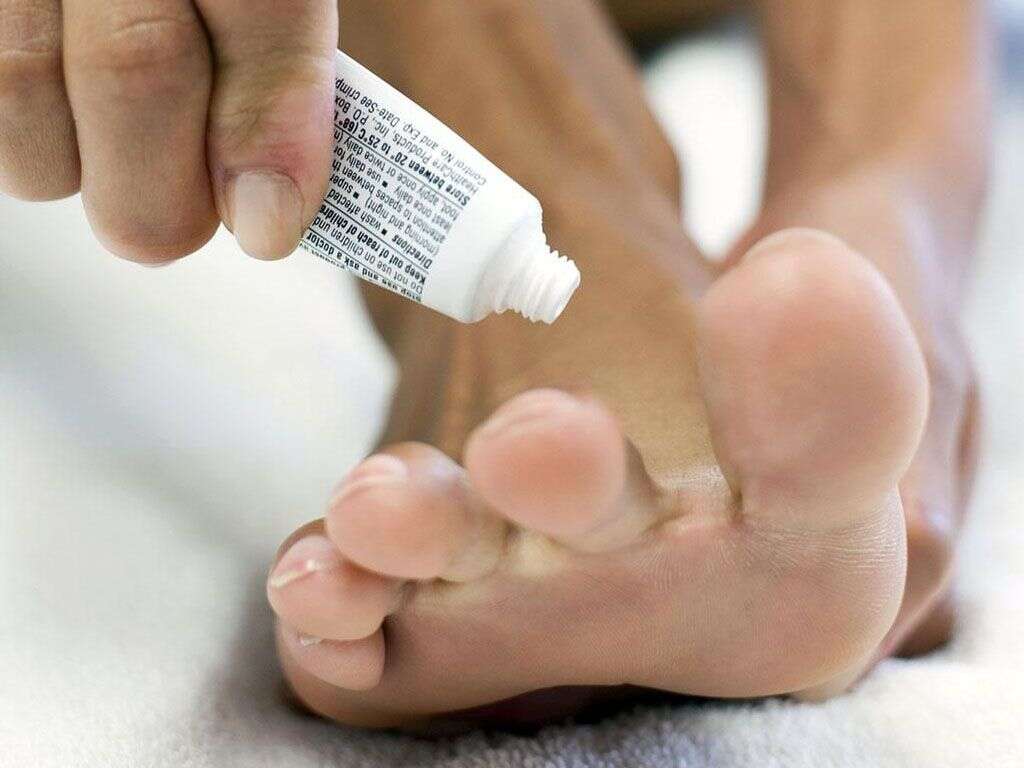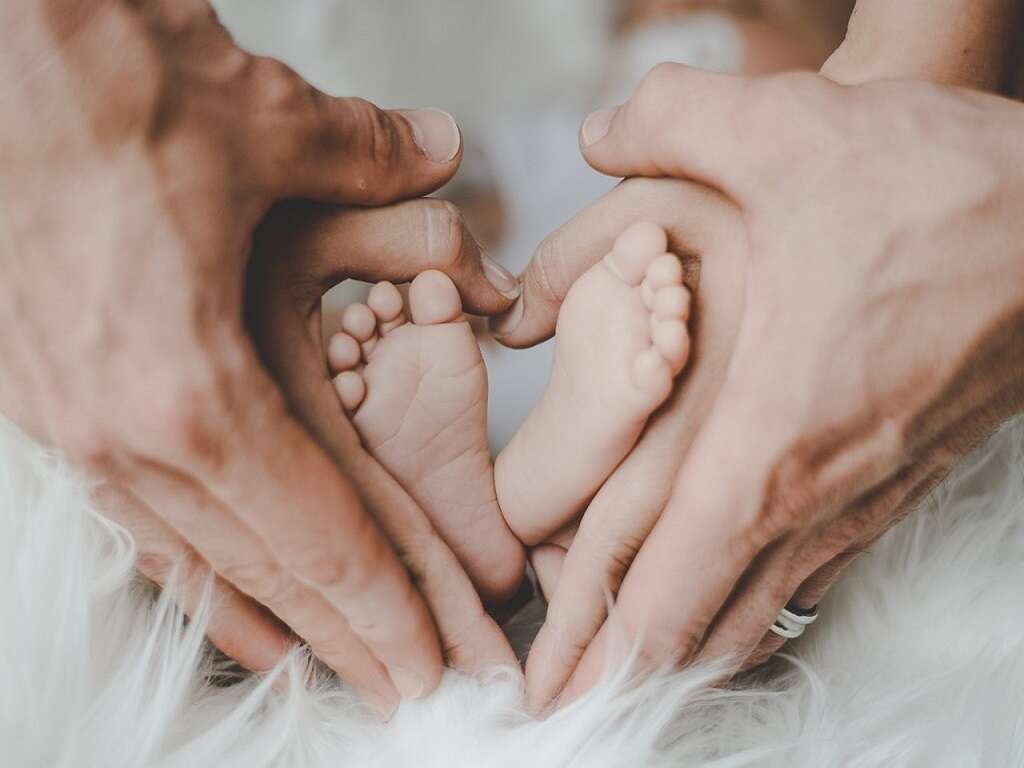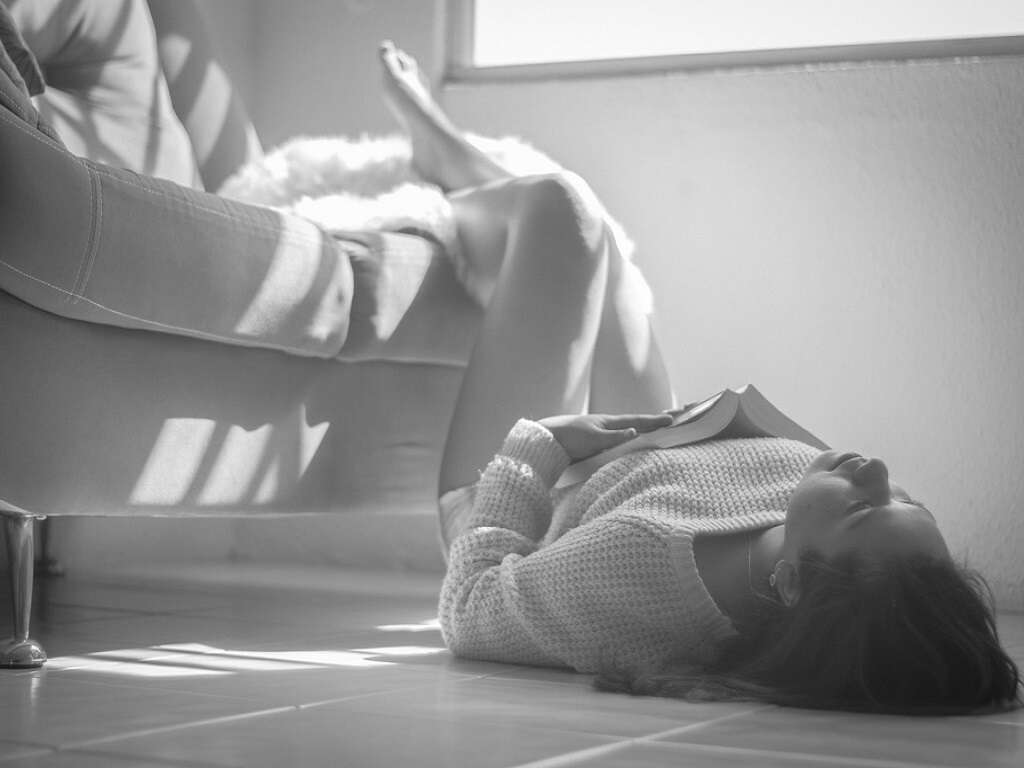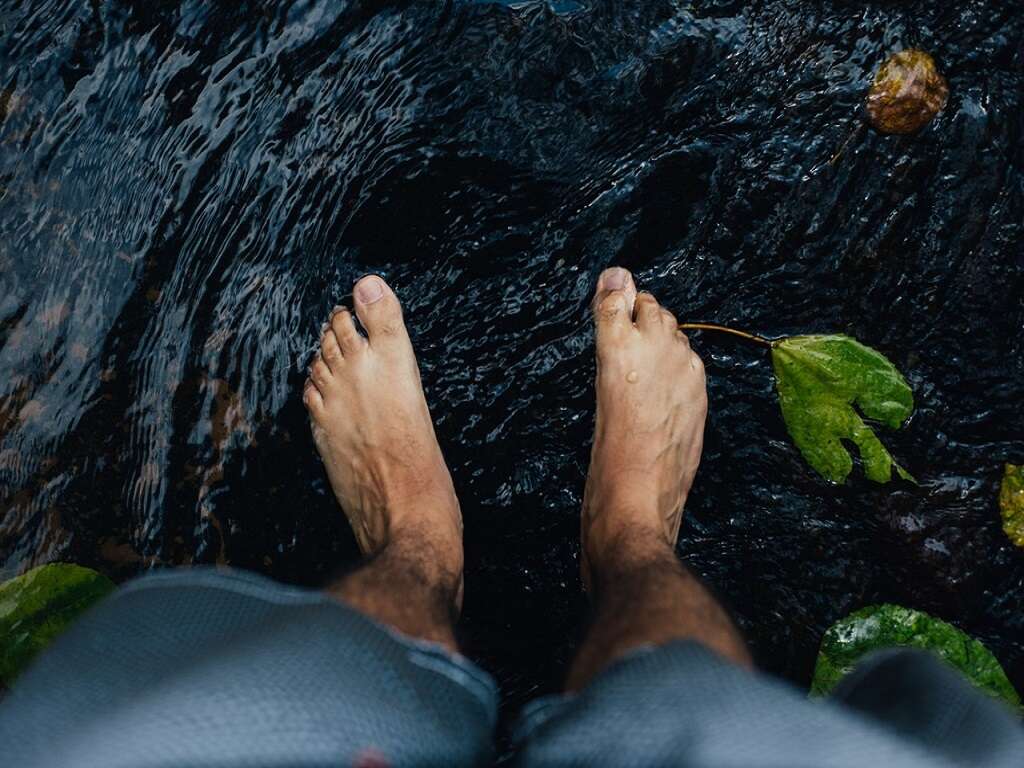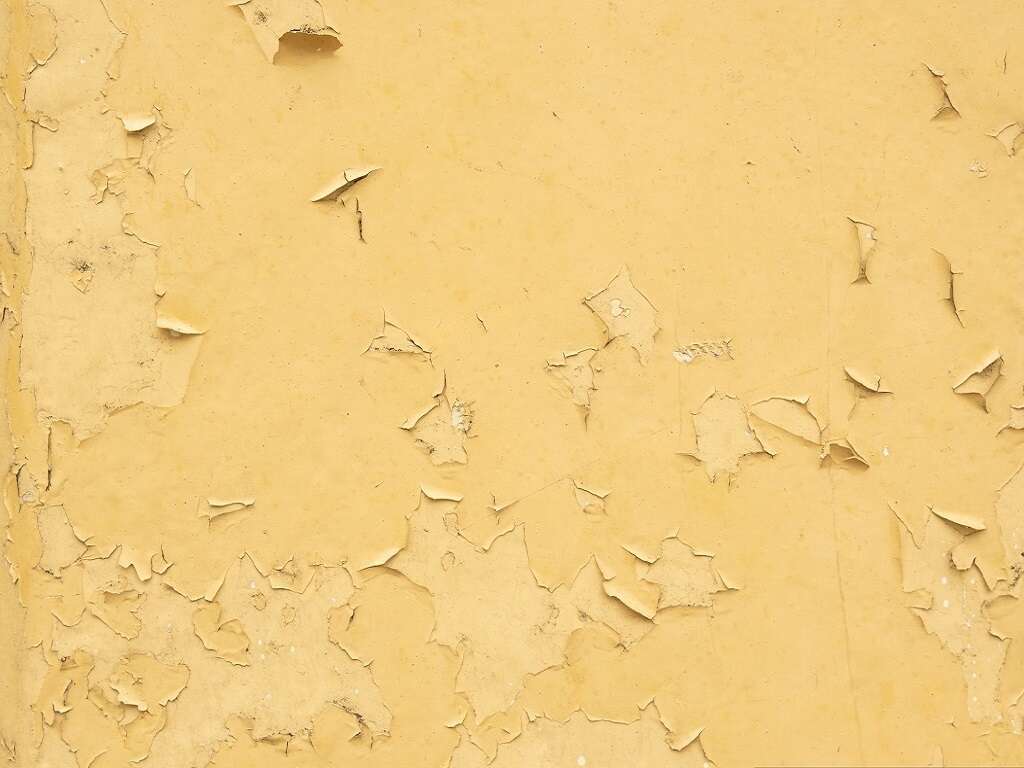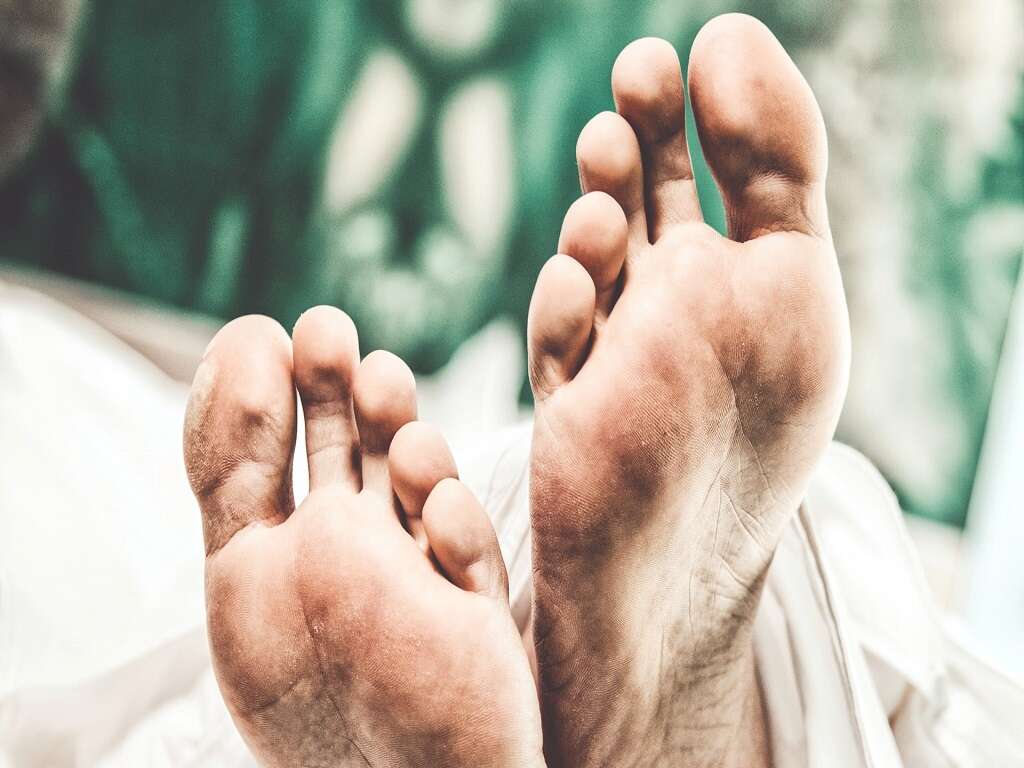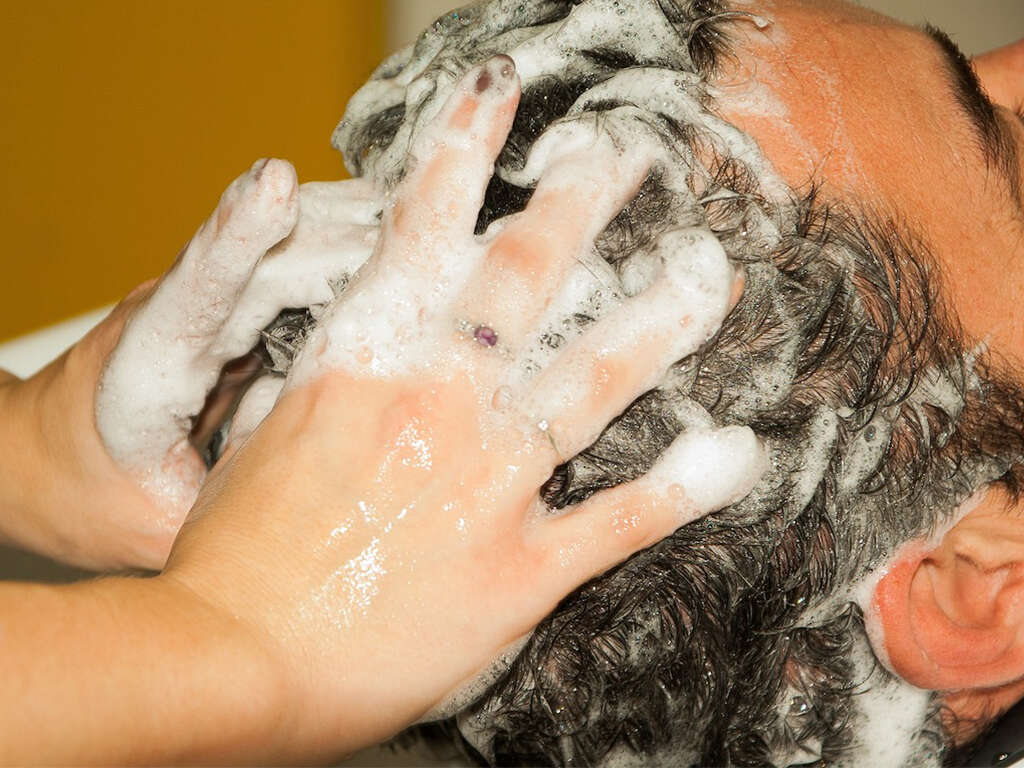10 Athlete's Foot Symptoms
Athlete’s foot is a fungal infection that affects the top layer of the skin on the feet. The condition is aggravated when the skin becomes warm, humid, or irritated, and can be rather uncomfortable for the person suffering from it. The condition is known by several other names, such as tinea pedi and ringworm. The infection is caused by a particular type of fungus known as Tricophyton which can be easily picked up from walking around barefoot or from putting on socks that are infected.
Fortunately, being barefoot isn’t enough for the infection to take hold. Your feet have to be warm and moist and continually kept in an environment that causes them to be warm and moist – such as inside a shoe, which is the reason that the condition is referred to as athlete’s foot. It strikes people more often if they constantly keep their feet confined in warm, sweaty shoes. Because of the high instance of people wearing shoes, most people will develop at least a small degree of athlete’s foot at some point during their lives. The condition usually affects the areas in between the toes, where it can cause unpleasant sensations like burning and stinging.
Being one of the most common fungal infections around, it’s important to take precautions to avoid getting athlete’s foot. Many over-the-counter antifungal remedies are easy to obtain, and natural remedies like tea tree and other essential oils can stop the infection in its tracks. If you’re worried about whether or not you’re struggling with athlete’s foot, then you might want to consider reading this list of symptoms. If you’re experiencing several of these symptoms, then it might be time to head to the pharmacy and get some medication. Fortunately, athlete’s fungus isn’t a very dangerous infection and can usually be treated without medical intervention.
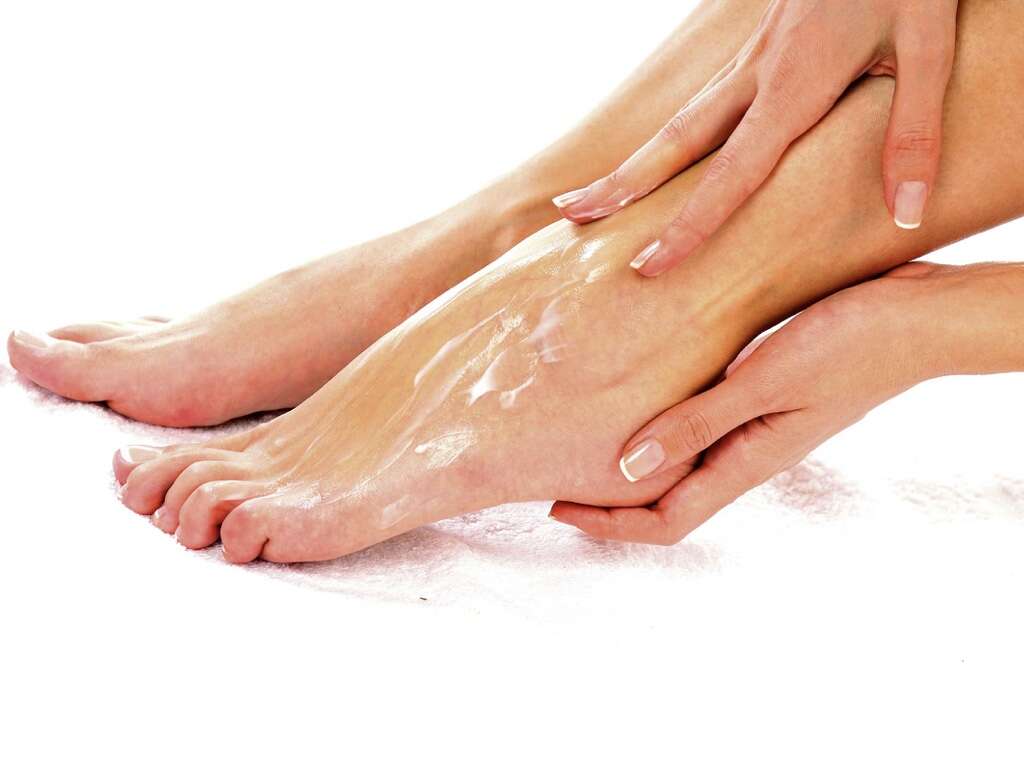
Symptom #1: Itchy Feet
One of the most commonly attributed aspects of athlete’s foot is the way that it makes the feet itchy. The feet will be itchier in the areas most affected by the fungus, which means that they will usually become quite itchy between the toes.
If you can’t get any anti-fungal cream, then there are various topical formulas that you can find that should help to at least relieve the itchiness while you’re waiting to get your hands on something that can help fight the actual fungus.
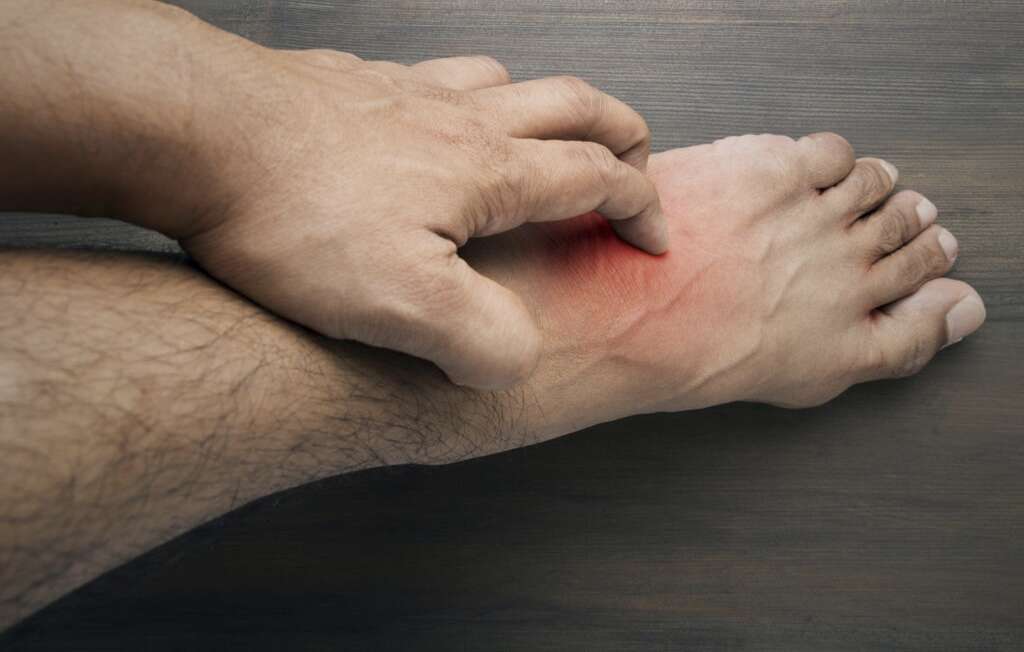
Symptom #2: Dry Skin
Another symptom that runs common among various forms of fungal infection is dry skin. This is made worse when you take your feet out of the warm, humid interior of your shoes. As they are exposed to dry air, they will become quite chapped and uncomfortable.
The best way to manage this is to use a moisturizer in addition to getting an antifungal cream. Using antifungal creams on their own can definitely help to rid you of the fungus, but for the few days that you’re using it, your skin will still be dry – oftentimes more dry than it would be without using the antifungal. For this reason, moisturizers are ideal.
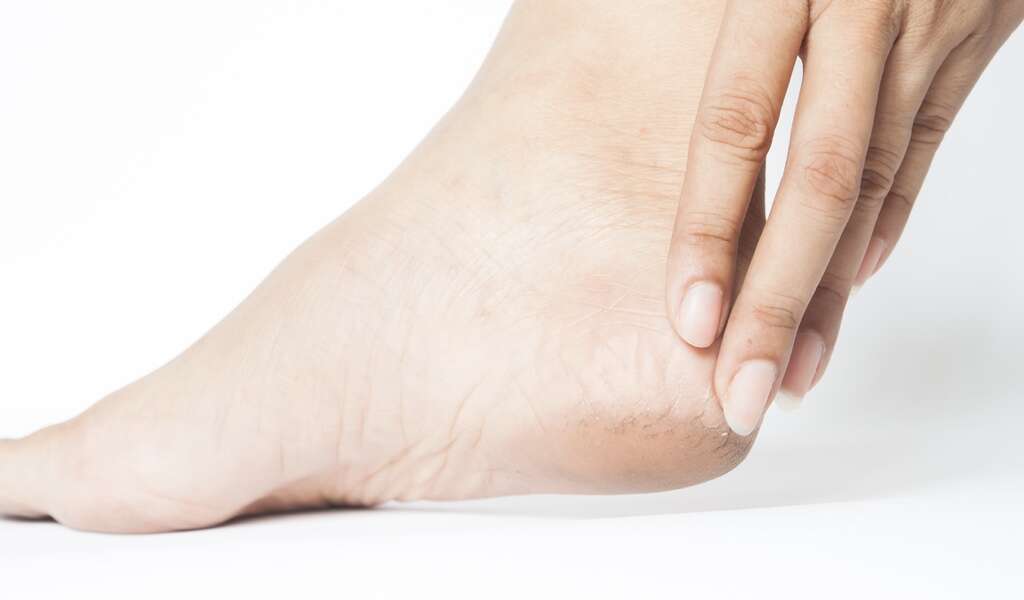
Symptom #3: Flaky Skin
If you have been struggling with athlete’s foot for a while, then you have probably been dealing with dry feet – whether or not you know it. Not everyone pays a lot of attention to the state of their feet, so some people don’t recognize how dry they are until the skin actually get so chapped that it begins to flake off.
In this case, moisturizers are going to be your friend. Use an anti-fungal cream and a moisturizer to help free yourself of flaky skin. Another holistic option is to use a natural moisturizer with an essential oil that works as an anti-fungal. Some essential oils are powerful anti-fungal agents and they often promote the health of your skin in addition to providing numerous other benefits.
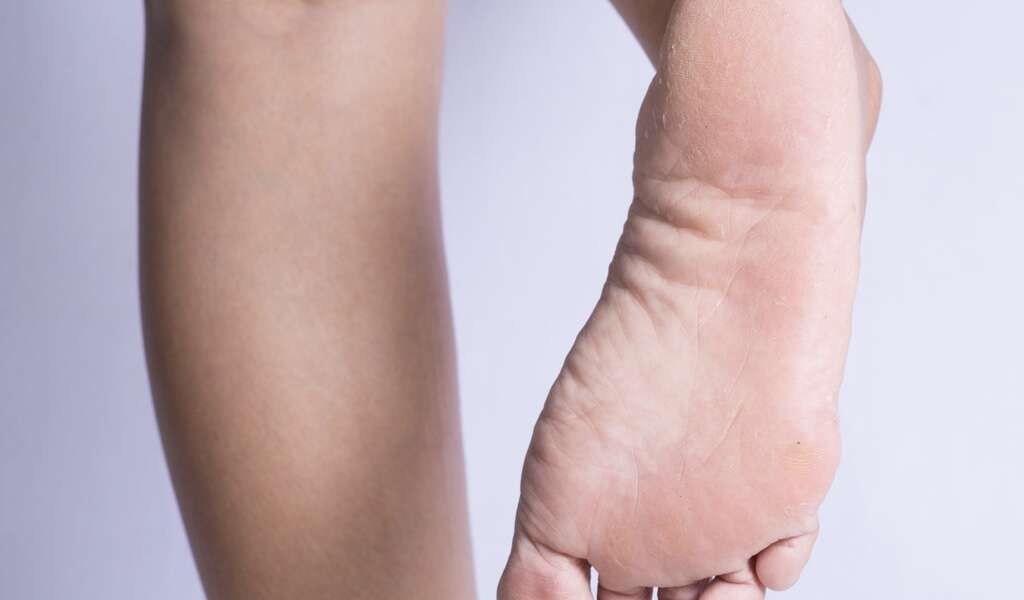
Symptom #4: Oozing Skin
If you are developing a fairly serious case of athlete’s foot, you may notice that your skin actually begins to ooze fluid. This is generally only seen when the condition has been left unattended for some time and the area has dried out enough to begin flaking and crusting.
Again, the best way to manage this symptom is to apply a healthy moisturizer and an antifungal cream.

Symptom #5: Red Skin
Another thing that’s commonly seen among people struggling with fungal infections is red skin. This usually only affects the areas infected by the fungus, but if you’re scratching the area a lot you can turn it red simply from irritating it.
Redness is usually a sign of some other form of irritation and can often be managed by using topical lotions and creams in conjunction with whatever antifungals you are using. If redness continues or worsens with the use of any topical treatment then it may be time to visit your doctor.

Symptom #6: Bacterial Infections
If you have had athlete’s foot for some time and have not treated it properly, then you might be experiencing cracked, oozing skin. Since the skin will be exposed, this makes it easier for bacteria and other pathogens to enter the skin and cause infections.
If this is the case, then you will probably want to invest in some antibacterial cream. Essential oil-based creams are ideal for this because they often provide antifungal, anti-bacterial and moisturizing properties that can tackle all aspects of the condition.

Symptom #7: Scaly Skin
Another problem that can occur in people who have not dealt with their athlete’s foot is scaly skin. The skin on the feet and around the toes will harden and take on a scaly appearance, like the skin of a lizard. It will be hard to the touch and often uncomfortable.
Moisturizers can help with this, but at this point the most important thing is to get rid of the fungus so your feet can heal on their own.
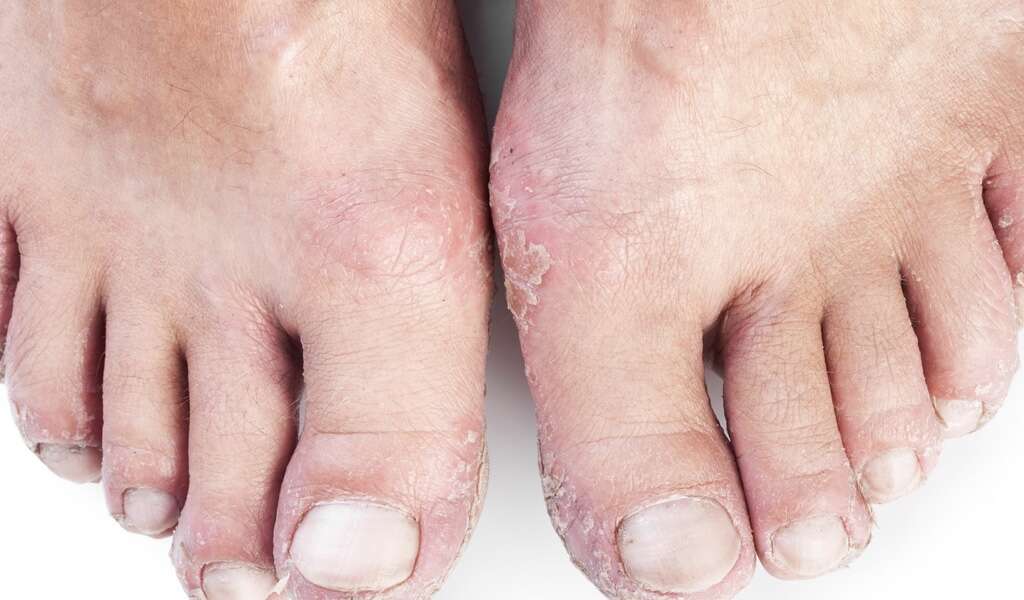
Symptom #8: Swelling
Athlete’s foot doesn’t usually cause swelling on its own, but many people with the condition report that the skin on their feet becomes swollen and uncomfortable. This is a sign that a bacterial infection has taken hold of the area and is causing symptoms of its own.
Try to get an antibacterial cream to support your antifungal cream.
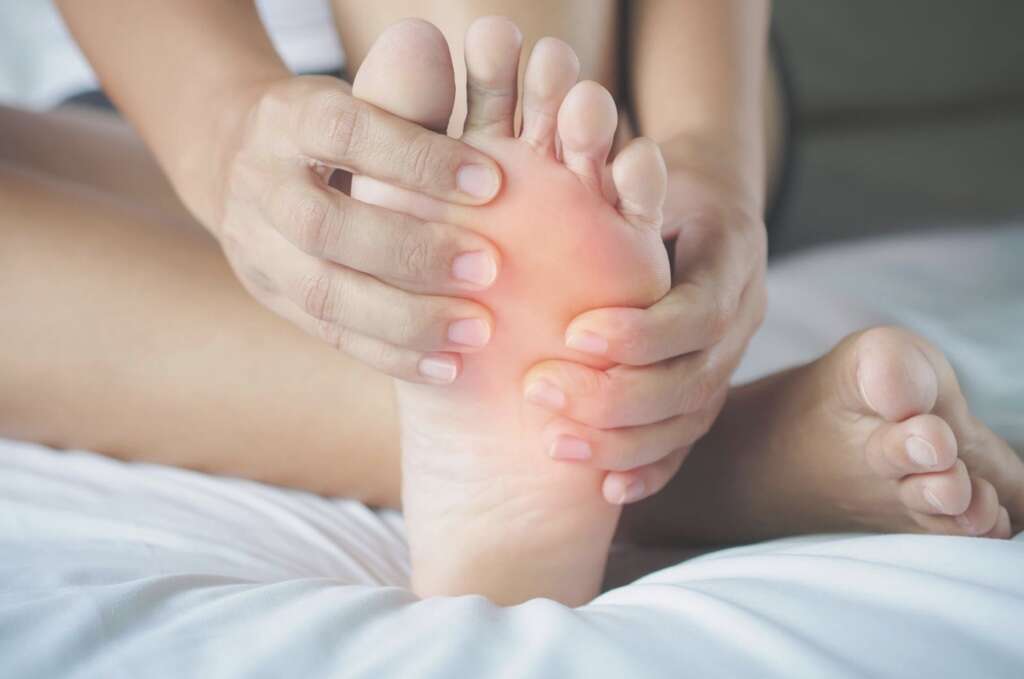
Symptom #9: Blistering
In the majority of cases, athlete’s foot doesn’t cause blistering. However, some people do experience an allergic reaction to the fungus, which can lead to the development of painful blisters.
In this case, antihistamines can be useful to help minimize the allergic reaction.
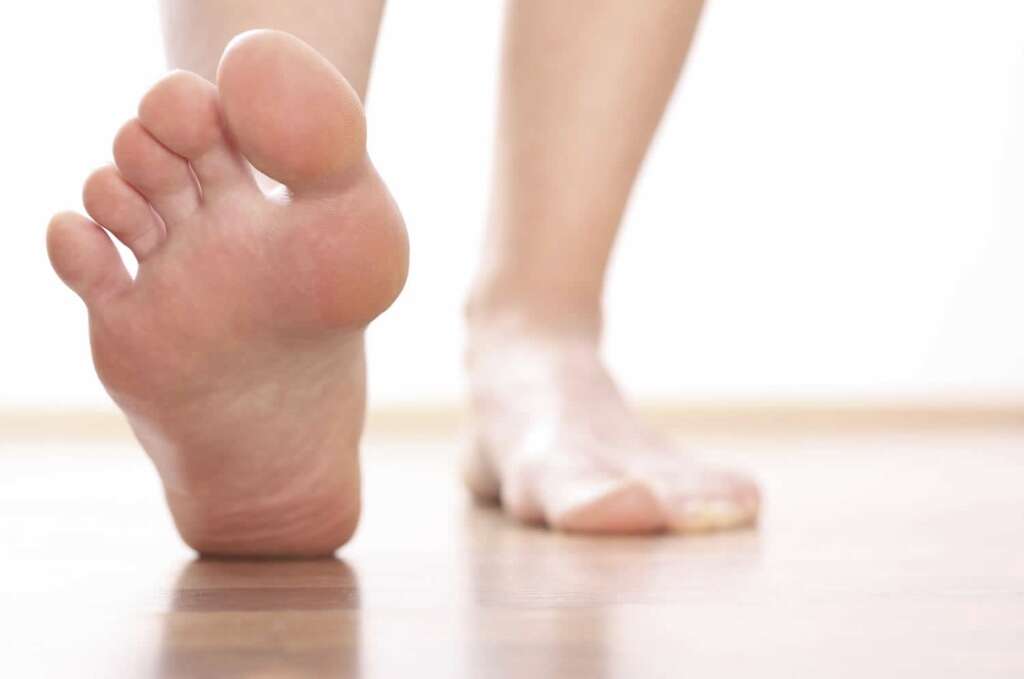
Symptom #10: Lymph Infections
In the most serious cases of athlete’s foot, a bacterial infection may enter the body and spread to the lymphatic symptom. This can cause a whole host of symptoms such as compromised immunity and fatigue.
If this is the case, you may want to see your doctor to see what can be done about an infection spreading throughout the rest of your body.




